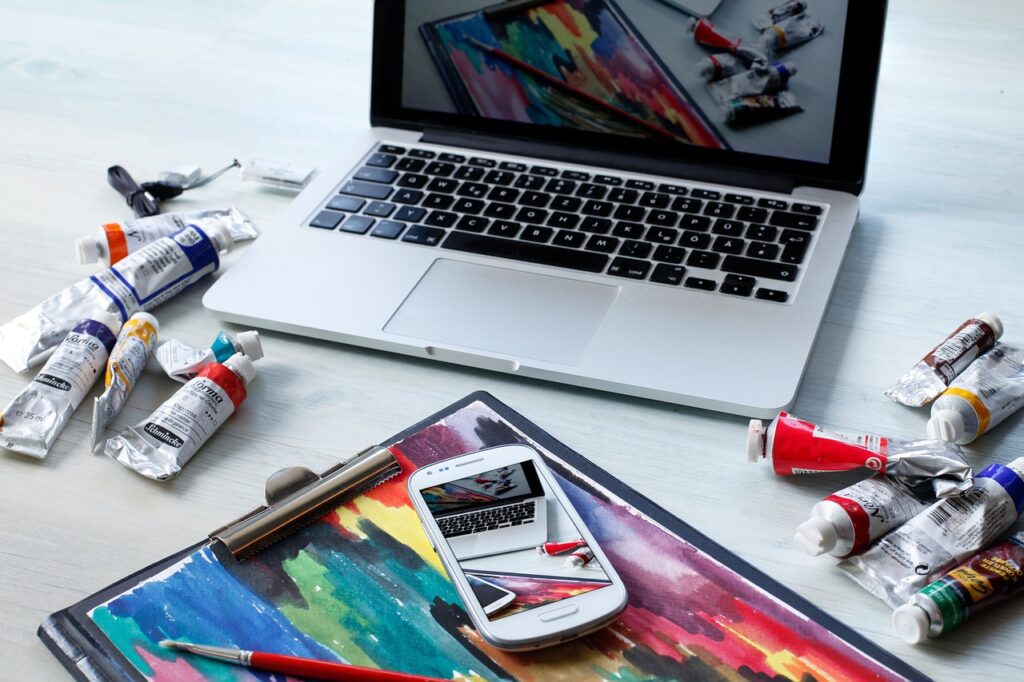
What Is Creative Web Design? The Complete 2025 Guide
Introduction
Did you know that 88% of users are less likely to return to a website after a bad experience? Creative web design merges artistry and functionality to create unforgettable digital experiences that captivate audiences and drive results. In this 4,000-word guide, you’ll learn:
- What sets creative web design apart from traditional design.
- Step-by-step processes to build visually stunning, user-friendly websites.
- The latest trends, tools, and cost breakdowns.
- Answers to 10 critical FAQs (with actionable tips).
1. What Is Creative Web Design?
Creative web design is the strategic blend of aesthetics, storytelling, and usability to craft unique digital experiences. Unlike template-based designs, it prioritizes:
- Originality: Custom layouts, animations, and interactions (e.g., parallax scrolling).
- Emotional Connection: Using color, imagery, and micro-interactions to evoke feelings.
- Functionality: Seamless navigation optimized for conversions.
Example:
Apple’s website uses bold visuals, smooth animations, and minimal text to showcase products while guiding users to purchase.
2. Why Creative Web Design Matters in 2025
2.1 User Engagement & Retention
- Stats:
- 75% of users judge a company’s credibility based on design (Stanford).
- Websites with videos see a 40% increase in engagement (Forbes).
- Case Study:
Nike’s Reactland campaign used an interactive, game-like website to showcase shoe features, boosting time-on-page by 300%.
2.2 Brand Differentiation
- Visual Identity: Unique design elements (e.g., Mailchimp’s playful illustrations) make brands memorable.
- Consistency: Align design with logos, packaging, and marketing materials.
2.3 Conversion Optimization
- Trust Signals: Clean layouts, intuitive CTAs, and testimonials.
- Example:
Dropbox’s redesign simplified navigation and added animations, increasing sign-ups by 10%.
3. Key Elements of Creative Web Design
3.1 Visual Hierarchy
- Guiding the Eye: Use size, contrast, and spacing to prioritize key content.
- Example: Airbnb uses large hero images and bold CTAs to highlight destinations.
3.2 Color Psychology
- Emotional Impact:
- Red (urgency/energy): Used by Netflix for CTA buttons.
- Blue (trust): Common in banking sites like Chase.
- Tools: Adobe Color, Coolors.co for palette generation.
3.3 Typography
- Font Pairing: Combine serif (elegance) and sans-serif (modernity).
- Example: Vogue uses bold, serif headlines for luxury appeal.
3.4 Imagery & Video
- High-Quality Visuals: Avoid stock clichés; use custom photography.
- Example: Allbirds uses lifestyle images to showcase sustainability.
3.5 Micro-Interactions
- Engagement Boosters:
- Hover effects (e.g., button color changes).
- Scroll-triggered animations (e.g., fading text).
3.6 Whitespace
- Minimalism: Apple’s product pages use whitespace to focus on devices.
4. The Creative Web Design Process: A Step-by-Step Breakdown
4.1 Research & Discovery
- Audience Personas: Identify demographics, pain points, and goals.
- Competitor Analysis: Use SWOT analysis to find gaps.
4.2 Wireframing & Prototyping
- Tools:
- Figma (collaborative wireframing).
- Adobe XD (interactive prototypes).
- Best Practices:
- Mobile-first design for responsiveness.
4.3 Design & Development
- Frontend: HTML/CSS, JavaScript (for animations).
- Backend: Headless CMS like Contentful for flexibility.
4.4 Testing & Optimization
- A/B Testing: Compare layouts for higher conversions.
- Speed Tools: GTmetrix, Google PageSpeed Insights.
Pro Tip: Use Hotjar to track user behavior and refine designs.
5. Top 2025 Trends in Creative Web Design
5.1 Dark Mode Design
- Benefits: Reduces eye strain, saves battery life.
- Example: Slack’s dark UI improves focus for workspace users.
5.2 3D Elements & Immersive Experiences
- Tools: Three.js, Spline.
- Example: BMW’s website uses 3D car configurators for virtual test drives.
5.3 Neumorphism
- Style: Soft shadows and gradients for a tactile feel.
5.4 AI-Driven Personalization
- Dynamic Content: Show tailored recommendations based on user behavior.
5.5 Sustainable Design
- Low-Energy Animations: Reduce carbon footprint.
Trend Forecast: By 2025, 60% of websites will use AI for design personalization (Gartner).
6. Tools for Creative Web Design
Keywords: creative web design tools, Figma, Webflow
| Tool | Best For | Cost | Learning Curve |
|---|---|---|---|
| Figma | Collaborative design | Free–$15/mo | Low |
| Webflow | No-code development | 16–235/mo | Moderate |
| Procreate | Custom illustrations | $9.99 (one-time) | Low |
| Lottie | Lightweight animations | Free–$99/mo | Moderate |
Comparison Tip: Use Figma for prototyping and Webflow for no-code launches.
7. Balancing Creativity & SEO
7.1 Technical SEO
- Optimize Speed: Compress images with TinyPNG, lazy-load videos.
- Mobile Responsiveness: Test across devices using BrowserStack.
7.2 Content SEO
- Keyword Placement: Use headings (H1/H2) and alt text.
- Avoid Text-in-Images: Use web-safe fonts for readability.
Case Study: HubSpot’s creative redesign improved organic traffic by 30% through SEO-friendly navigation.
8. Cost of Creative Web Design (2025 Breakdown)
8.1 Pricing Models
- DIY Tools (Wix/WordPress): 0–300/year (limited customization).
- Freelancers: 30–150/hour (Dribbble, Upwork).
- Agencies: 10k–100k+ (full-service design and development).
8.2 Hidden Costs
- Stock Assets: Images (10–100 each), fonts (20–200/license).
- Plugins: Slider Revolution (25),premiumthemes(25),premiumthemes(59).
9. Creative vs. Minimalist Design: Which Is Better?
9.1 When to Choose Creative Design
- Industries: Fashion, entertainment, startups.
- Example: Squarespace’s bold portfolios attract creative professionals.
9.2 When to Choose Minimalist Design
- Industries: B2B, SaaS, finance.
- Example: Dropbox’s clean interface prioritizes usability.
10. How to Hire a Creative Web Designer
Keywords: hire creative web designer, vetting design agencies
10.1 Portfolio Evaluation
- Look For:
- Mobile-responsive designs.
- Case studies with conversion metrics.
- Red Flags:
- Overuse of stock templates.
- No client testimonials.
10.2 Interview Questions
- “How do you balance creativity and load speed?”
- “Can you provide a timeline for revisions?”
11. FAQs:
Q1: What’s the difference between web design and web development?
A:
- Web Design: Focuses on visuals, layout, and user experience (UI/UX). Tools: Figma, Adobe XD.
- Web Development: Involves coding (HTML/CSS, JavaScript) to bring designs to life.
Q2: Can creative design slow down my website?
A:
- Yes, but optimize with:
- Compressed images (WebP format).
- Lazy loading for videos/animations.
- Content Delivery Networks (CDNs) like Cloudflare.
Q3: How long does creative web design take?
A:
- MVP: 2–3 months (basic features, single platform).
- Enterprise: 6–12 months (custom animations, multi-language support).
Q4: What industries benefit most from creative design?
A:
- Fashion: Interactive lookbooks (e.g., Gucci).
- Entertainment: Movie promo sites with trailers and quizzes.
- Startups: Unique branding to stand out (e.g., Slack’s early design).
Q5: Is WordPress good for creative websites?
A:
- Yes! Use plugins like:
- Elementor Pro for drag-and-drop design.
- Crocoblock for dynamic content.
- Example: The New Yorker uses WordPress for its visually rich articles.
Q6: Do I need coding skills for creative design?
A:
- No. Use no-code tools like:
- Webflow for animations.
- Canva for graphics.
Q7: What’s the average cost of a creative website?
A:
- Small Business: 5k–20k.
- Enterprise: 50k–200k+ (e.g., custom e-commerce platforms).
Q8: What’s the ROI of creative web design?
A:
- E-commerce: 35% higher conversion rates (Adobe).
- B2B: 20% more leads (HubSpot).
Q9: How do I protect my design IP?
A:
- Contracts: Include clauses for full ownership of source files.
- NDAs: Require freelancers/agencies to sign non-disclosures.
Q10: Can I update my website myself post-launch?
A:
- Yes! Use CMS platforms like:
- WordPress (plugins for ease).
- Webflow (no-code editor).
12. Conclusion
Creative web design transforms visitors into loyal customers by merging art and strategy. Whether you’re building a portfolio or a global e-commerce site, prioritize originality, usability, and speed.
Final CTA:
🚀 Ready to Elevate Your Website?
Book a free 30-minute design consultation and get:
- A personalized creative strategy.
- 15% off your first design sprint.
- 👉 [Claim Your Free Session]
We help you see the world differently, discover opportunities you may never have imagined.




